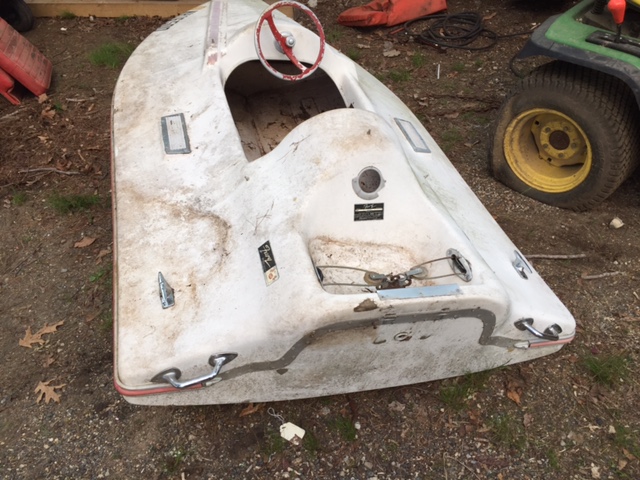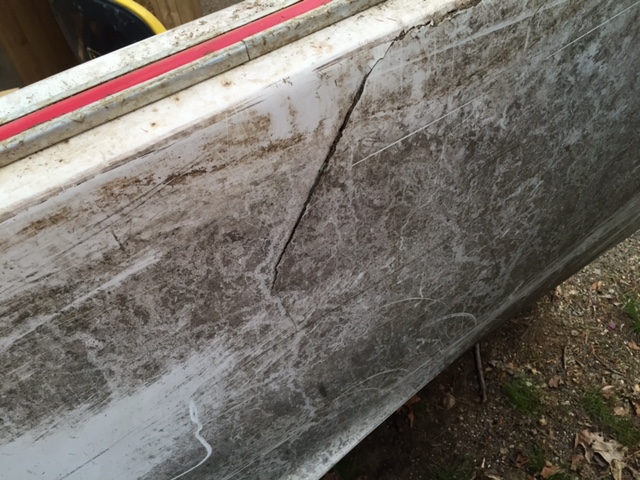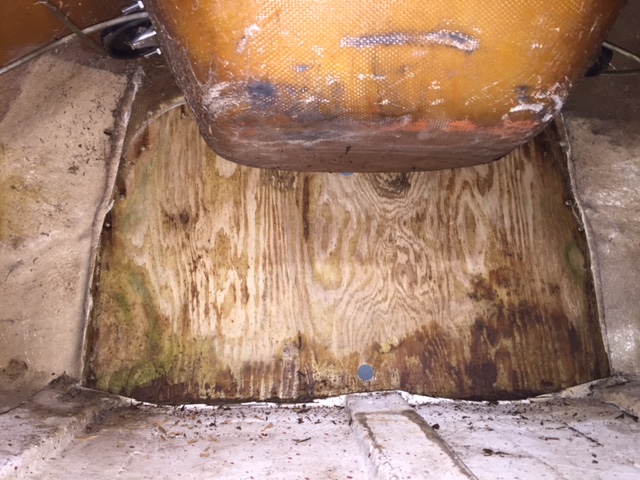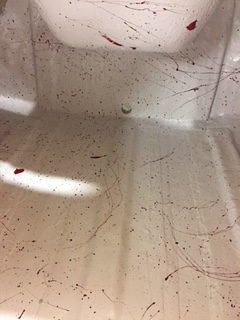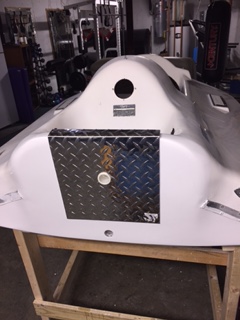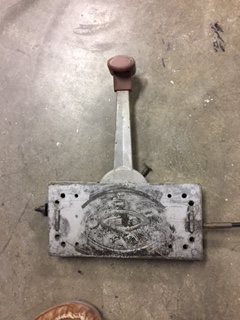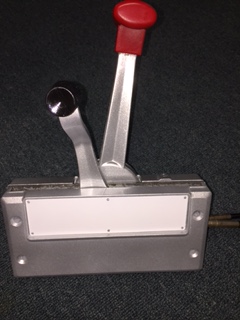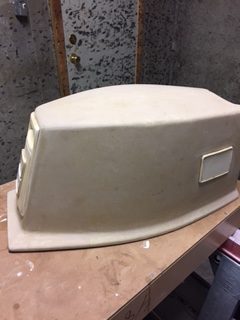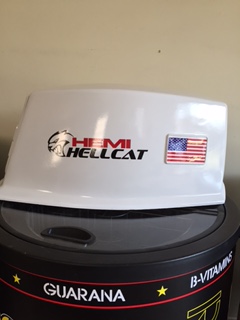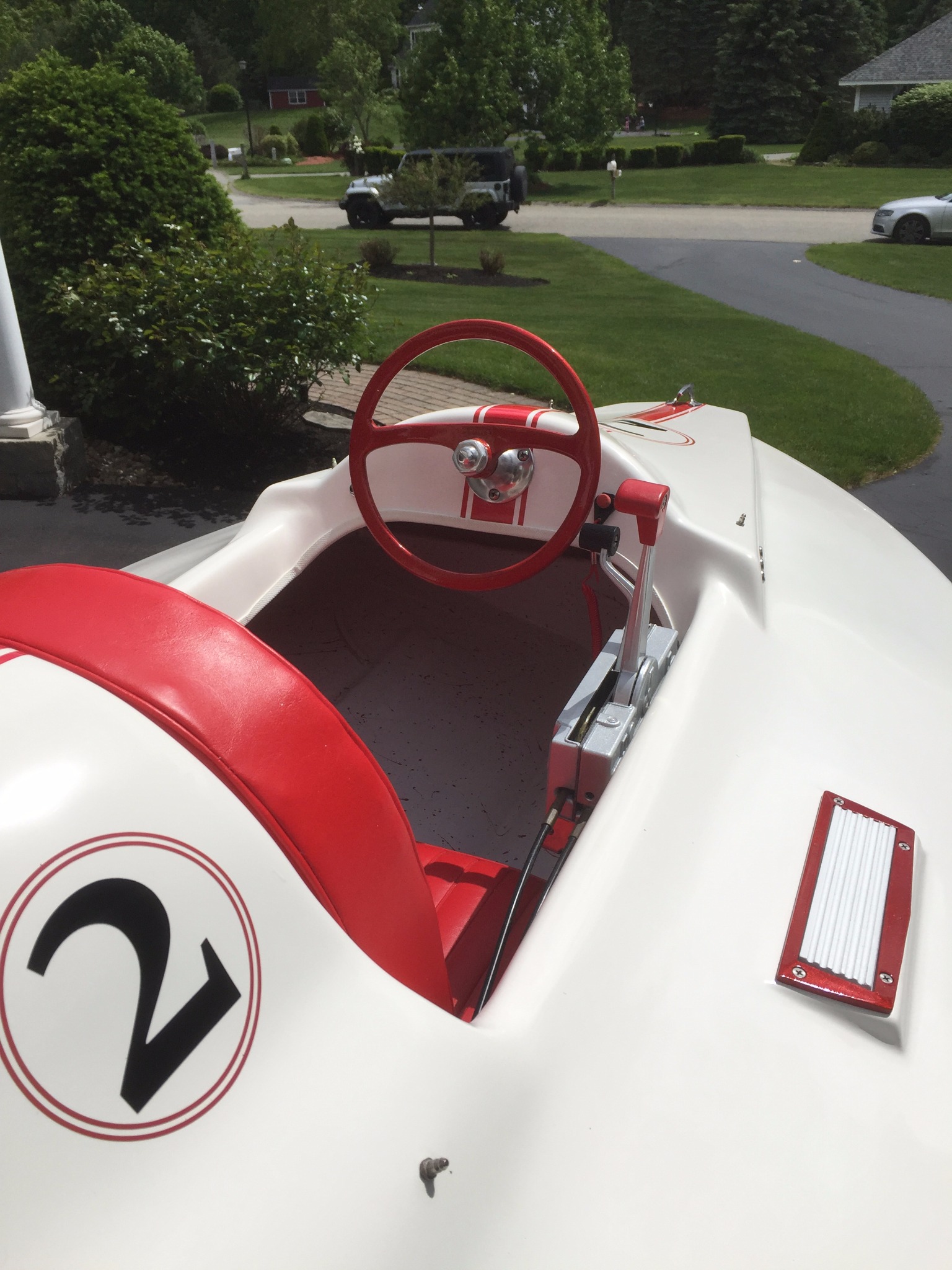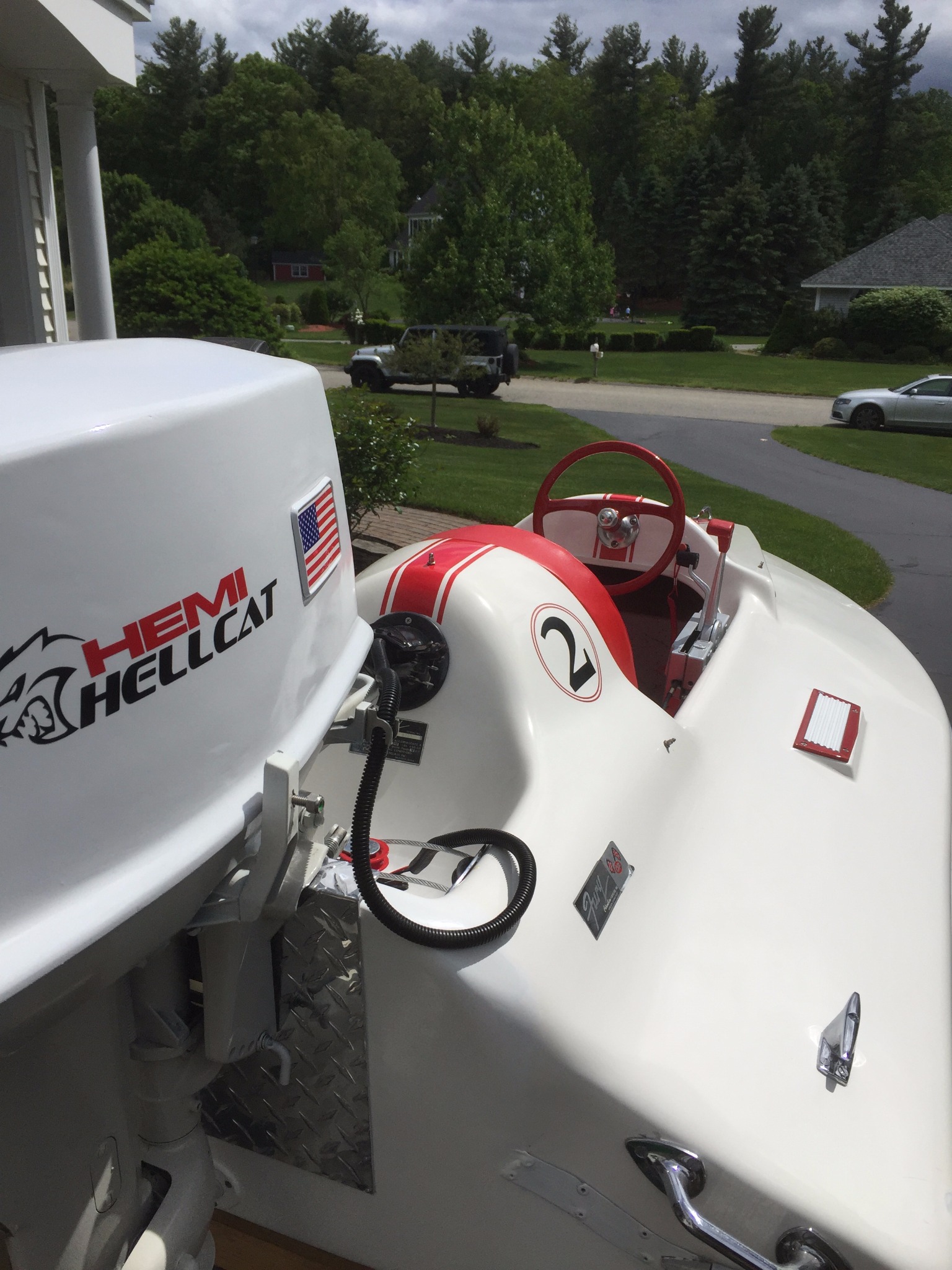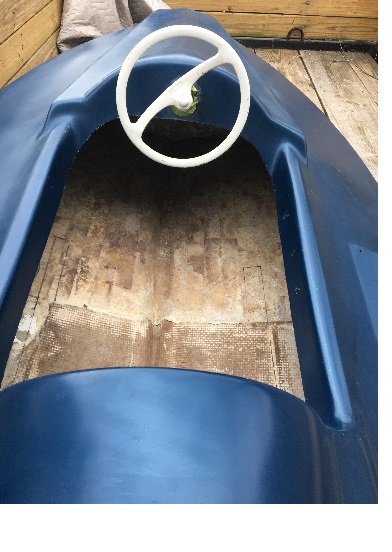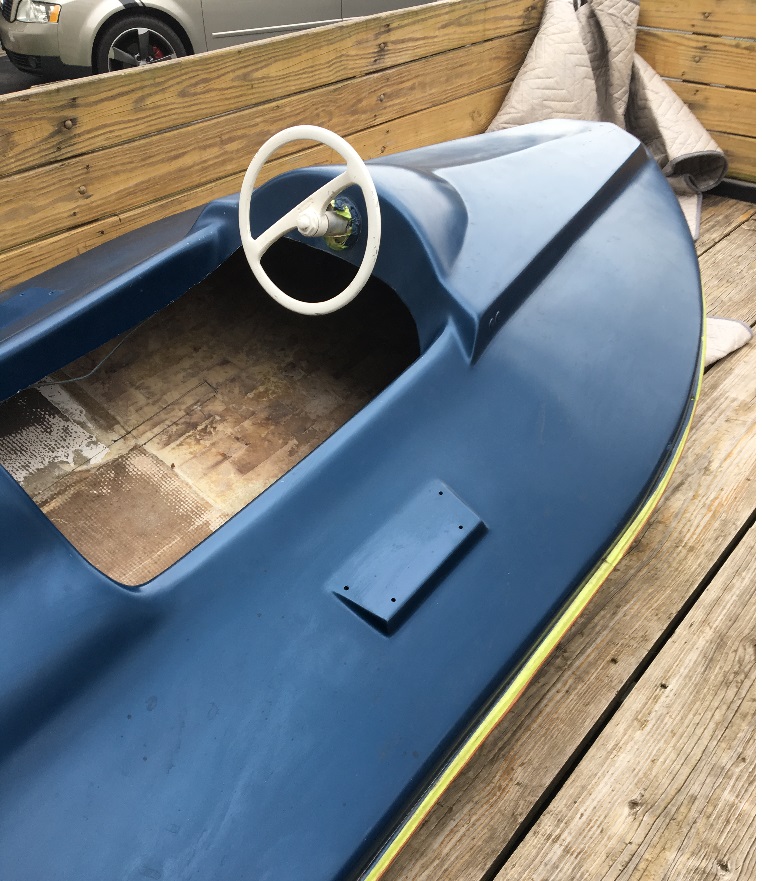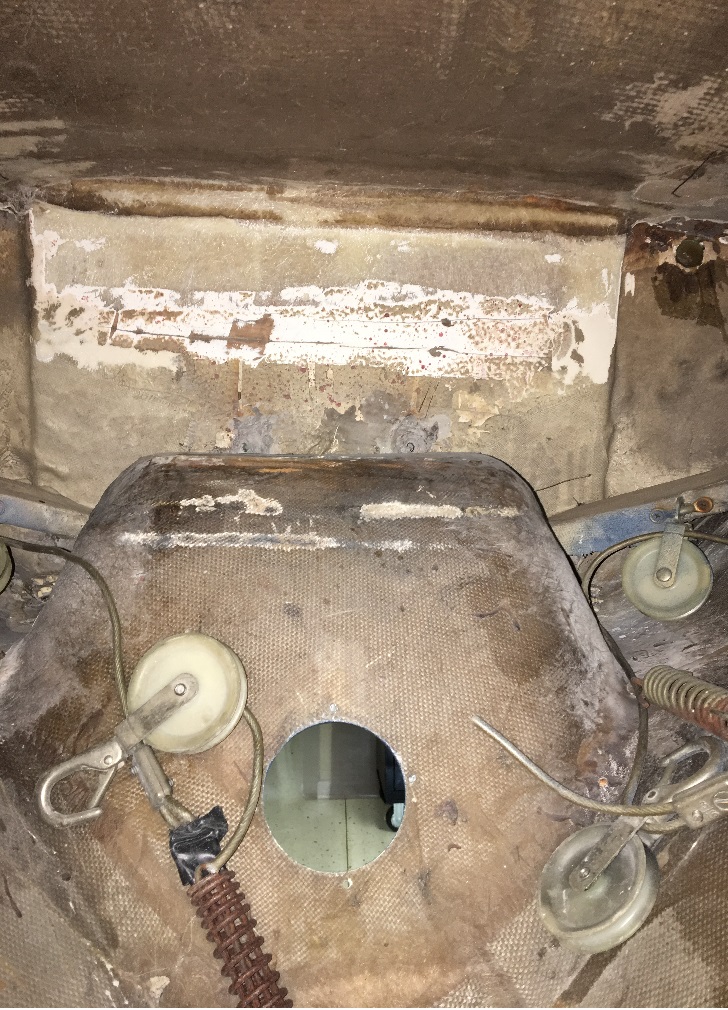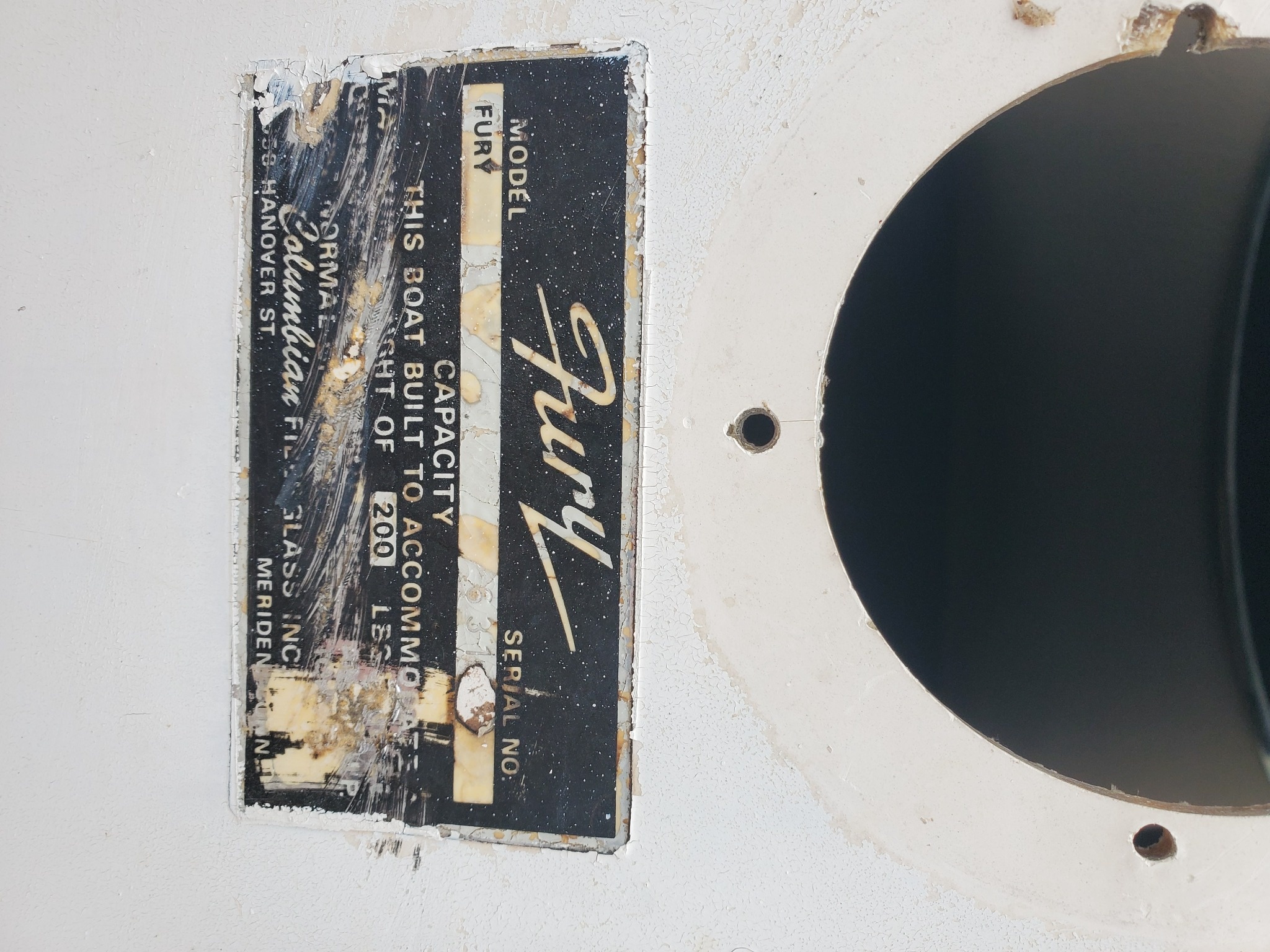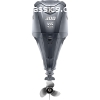|
Welcome,
Guest
|
TOPIC: 1960's Columbian Fury 8 foot
1960's Columbian Fury 8 foot 8 years 11 months ago #130017
|
Please Log in or Create an account to join the conversation. |
1960's Columbian Fury 8 foot 8 years 8 months ago #131629
|
|
Please Log in or Create an account to join the conversation. |
1960's Columbian Fury 8 foot 8 years 8 months ago #131630
|
|
Please Log in or Create an account to join the conversation. |
1960's Columbian Fury 8 foot 8 years 8 months ago #131633
|
Please Log in or Create an account to join the conversation.
Dr.Go!
|
1960's Columbian Fury 8 foot 8 years 7 months ago #131695
|
Please Log in or Create an account to join the conversation. |
1960's Columbian Fury 8 foot 8 years 7 months ago #131698
|
|
Please Log in or Create an account to join the conversation. |
1960's Columbian Fury 8 foot 8 years 7 months ago #132276
|
Please Log in or Create an account to join the conversation. |
1960's Columbian Fury 8 foot 8 years 6 months ago #132282
|
Please Log in or Create an account to join the conversation.
1960 14' Speed Queen
1972 10' Tri-Cat 3 [Building] 10' Glen-L Squirt |
1960's Columbian Fury 8 foot 6 years 7 months ago #139578
|
Please Log in or Create an account to join the conversation. |
1960's Columbian Fury 8 foot 2 months 5 days ago #149379
|
Please Log in or Create an account to join the conversation. |
1960's Columbian Fury 8 foot 2 weeks 19 hours ago #149431
|
|
Please Log in or Create an account to join the conversation. |
1960's Columbian Fury 8 foot 1 week 2 days ago #149435
|
Please Log in or Create an account to join the conversation. |
1960's Columbian Fury 8 foot 5 days 8 hours ago #149442
|
Please Log in or Create an account to join the conversation. |


